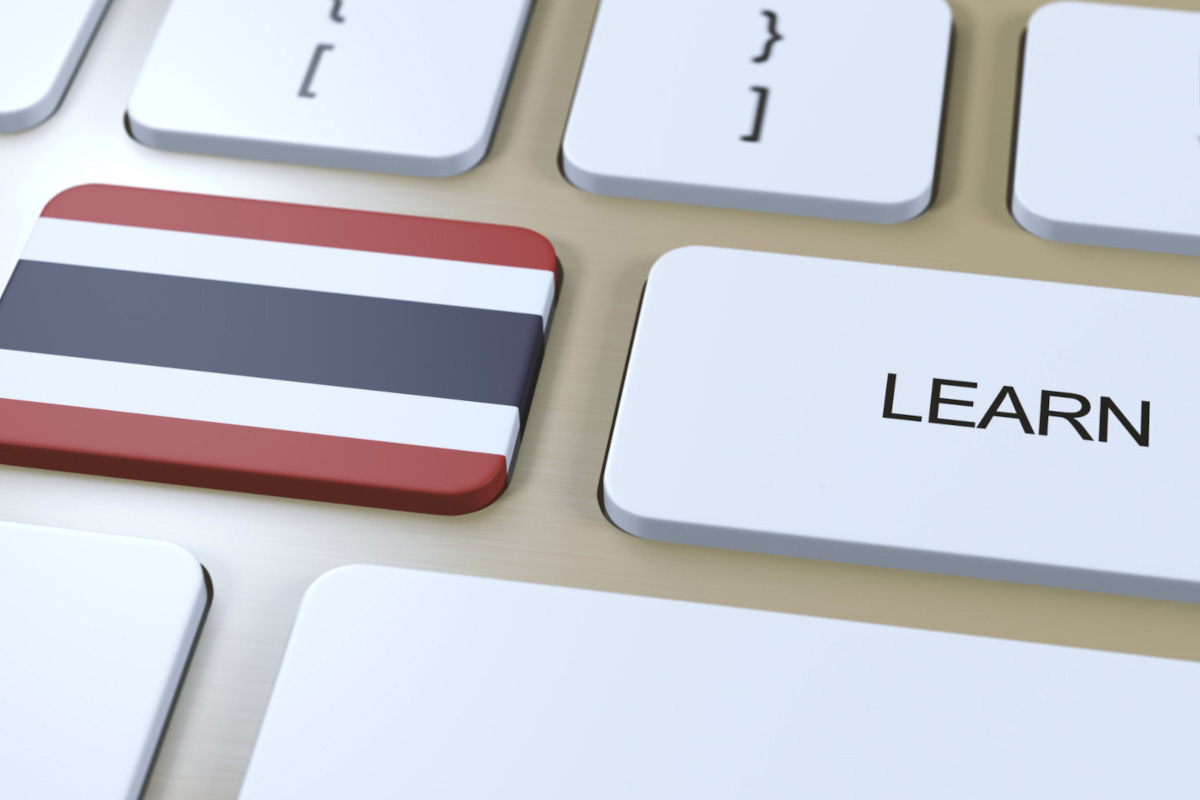Imagine the smile that lights up a local vendor’s face when you greet them in their tongue, or the sense of connection you feel when understanding a whispered “aroy” (delicious!) as you savor a street food masterpiece. The Thai language isn’t just a communication tool; it’s the vibrant pulse of the nation’s culture, history, and warm hospitality. While English is common in tourist hubs like Phuket, venturing beyond “hello” and “thank you” transforms your journey from observation to participation. This guide, steeped in cultural insight and practical travel savvy, demystifies the Thai language and arms you with essential phrases to deepen your Andaman adventure.
A Language Woven from History & Harmony
Thai, belonging to the Tai-Kadai language family, boasts a rich history reflecting centuries of cultural evolution. Its distinctive script, introduced in the 13th century by King Ramkhamhaeng the Great, was a revolutionary step, adapting ancient Khmer script to capture the unique sounds of the Siamese people. This elegant alphabet, with its 44 consonants and 32 vowels (forming intricate combinations), isn’t just functional; it’s considered an art form in itself, reflecting the Thai appreciation for beauty and precision.
More than just words, Thai embodies the nation’s core values. The complex system of honorifics and particles (“kráp” for men, “ká” for women) woven into everyday speech reflects the deep respect for hierarchy, age, and social harmony that underpins Thai society. The melodic nature of the language, with its five distinct tones (mid, low, falling, high, rising), means that the pitch of a syllable completely changes its meaning. While this can seem daunting, it’s a beautiful expression of the Thai love for nuance and musicality. Think of it as learning to sing the culture, not just speak it. The ubiquitous phrase “Mai pen rai” (It’s nothing / Never mind / No problem) perfectly captures the Thai spirit of flexibility, acceptance, and letting go of minor troubles – a philosophy worth embracing on any vacation!
Why Learning a Little Thai Transforms Your Phuket Trip?
- Unlock Genuine Connections: A simple “Sawasdee” (Hello) with a “wai” (the prayer-like gesture) breaks the ice instantly, showing respect and effort. Locals genuinely appreciate the attempt, often responding with beaming smiles and warmer service.
- Navigate with Confidence: While signage in Phuket is often bilingual, knowing basic directional words or how to ask for the restroom (“hŏrng nám”) is invaluable, especially away from the main beaches.
- Deeper Cultural Insight: Understanding common phrases reveals layers of meaning and etiquette invisible to non-speakers. You start to “hear” the culture.
- Enhanced Safety & Clarity: In non-touristy areas or during minor mishaps, basic Thai can be crucial for getting clear directions or help. Knowing how to call the Tourist Police (“Tamruat Tour-ist” / Number 1155) is essential.
- Better Bargains (Sometimes!): Engaging sellers in Thai, even briefly, often creates a friendlier atmosphere, which can lead to more pleasant haggling experiences in markets.
Essential Thai Phrases for the Phuket Traveler: Speak Like a Savvy Guest
Forget fluency; focus on these key phrases. Pronunciation is approximate – listen to locals! Remember to add “kráp” (men) or “ká” (women) politely at the end of statements/questions.
The Absolute Essentials:
- Hello / Goodbye: Sawasdee (kráp/ká)
- Thank You: Kòp kun (kráp/ká)
- Yes: Châi (kráp/ká)
- No: Mâi châi (kráp/ká)
- OK / It’s fine: Dee (kráp/ká) or Mai pen rai (kráp/ká)
- Excuse me / Sorry: Kŏr tôht (kráp/ká)
- I don’t understand: Mâi kâo jai (kráp/ká)
- Do you speak English?: Pôot paa-săa ang-grìt dâi măi? (kráp/ká)
- Help!: Chûay dûay! (kráp/ká)
- Tourist Police: Tamruat Tour-ist (Call 1155)
Explore our Different Categories:
- All About Food
- From Here to There
- Date and Time
- Colors & Adjectives
- Animals of the World
- Family & Greetings
- Health Issues
- All About Beverages
Southern Thai Nuances (Hear it in Phuket!):
While Standard Thai is understood, you might hear local Southern flavors. “Mai” (no/not) often becomes “Bŏ”. “Roo” (to know) becomes “Hoo”. Don’t worry about speaking it, but recognize the differences add to Phuket’s unique character!

Tips for Embracing the Thai Language
- Start Small & Be Brave: Don’t be shy! Even a mangled “Sawasdee kráp/ka” is appreciated. Focus on the essential 5-10 phrases first.
- Listen Actively: Pay attention to how locals say things, especially the rhythm and tones. Mimicry is a powerful tool.
- Use Technology Wisely: Apps like Google Translate (especially the conversation feature) or dedicated Thai learning apps (like “Learn Thai” by Ling or “Simply Learn Thai”) are fantastic aids. Pro Tip: Download the Thai language pack on Google Translate for offline use!
- Carry a Phrasebook/Cheat Sheet: Having key phrases written down (with phonetic pronunciation) is a lifesaver. Laminate it for beach days!
- Focus on Key Words: If a full sentence feels overwhelming, sometimes a single key word (like “tâo rài?” for price) paired with pointing and a smile works wonders.
- Embrace the “Wai”: This graceful gesture (palms together, fingers up, near the chest or face, with a slight bow) accompanies greetings and thanks. The higher the hands, the more respect shown. Return a “wai” when greeted, especially by service staff or elders.
- Smile! (Yim): The universal language, and essential in Thailand. A smile smooths over any linguistic stumble.
Beyond Words: Cultural Cues
- Respect the Head & Feet: The head is sacred, the feet are considered the lowest part. Avoid touching anyone’s head (even children) and never point your feet at people, Buddha images, or the King’s portrait.
- Dress Respectfully: Especially when visiting temples (“wát”). Cover shoulders and knees. Remove shoes before entering temple buildings and some shops/homes.
- Respect the Monarchy: Thai people hold their King and Royal Family in the highest esteem. Avoid any disrespectful comments or gestures. Stand respectfully during the Royal Anthem (played in cinemas, some public spaces).
Andaman Pulse’s Final Word: The Gift of Language
Learning even a handful of Thai phrases is more than practical; it is a gift of respect that opens doors to genuine connection. It transforms you from a passive observer to an engaged participant in the vibrant tapestry of Phuket and Thailand. You’ll experience warmer welcomes, discover hidden gems locals are more inclined to share, and gain a profound appreciation for the grace and complexity of Thai culture. The effort, however small, is always rewarded with smiles and a deeper, richer travel experience.
Craving more cultural insights? Explore our guides to Thai Food or the currency used in Thailand. Subscribe to Andaman Pulse for authentic adventures delivered straight to your inbox!


